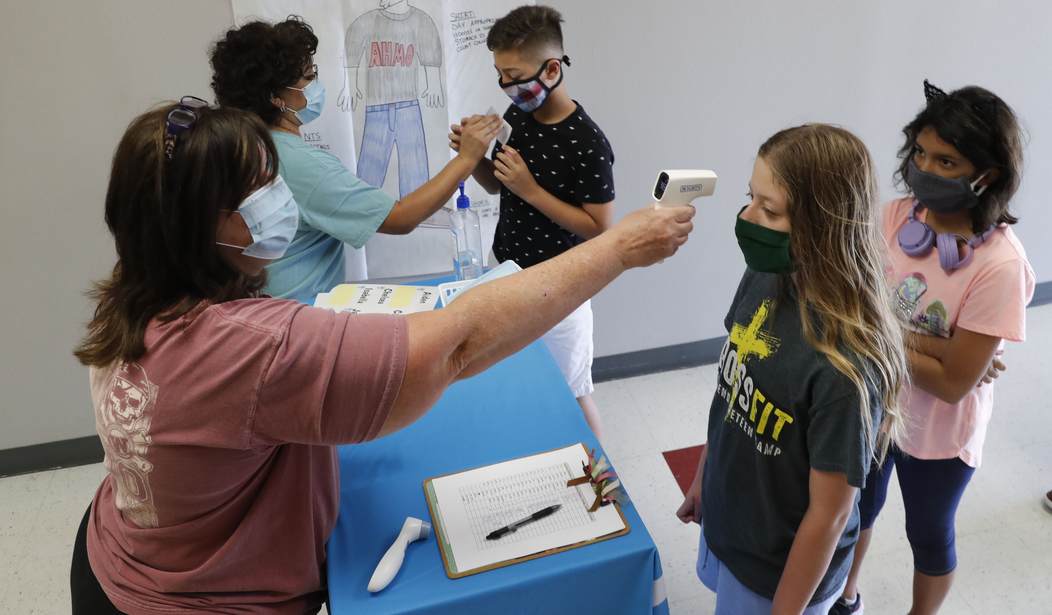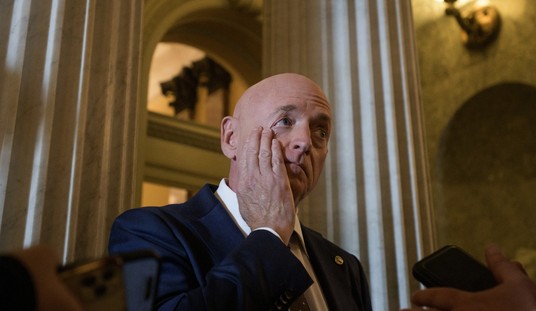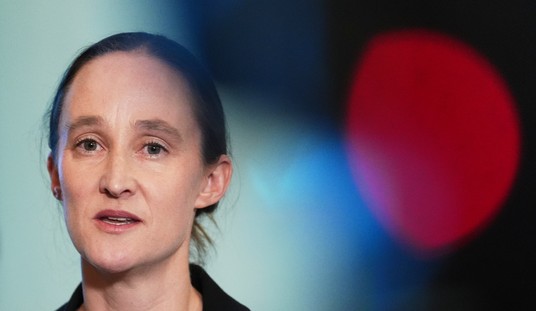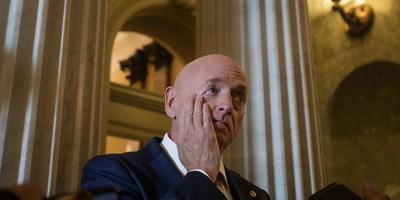COVID has created another new and intense debate: should schools reopen in the fall? If you watch CNN, you’d think to send kids back to school was akin to the death march to Bataan. It’s not. In fact, the socioeconomic impact of a whole generation of kids not learning for a year is probably more devastating than anything COVID could dish out. Accountability standards are spotty with this online learning protocol school boards are adopting. In some locations, like Nashville, around 30 percent of the 86,000-student body doesn’t have a home computer. In New York City, there are horror stories about how we really cannot gauge if students there learned…anything.
The Centers for Disease Control and Prevention (CDC) released a pretty thorough post about why it’s key for kids to return to school. First and foremost, kids don’t appear to be heavily impacted by this virus. Transmission among kids is also low. And yes, that New York Times piece about schools being possible areas of spread from South Korea was flawed as hell. It’s par for the course, given another panic piece about churches being a mecca source for transmission. The CDC was quite clear about the risks for kids at school. It’s low. And the dangers for keeping them out of school (via CDC):
The best available evidence indicates that COVID-19 poses relatively low risks to school-aged children. Children appear to be at lower risk for contracting COVID-19 compared to adults. To put this in perspective, according to the Centers for Disease Control and Prevention (CDC), as of July 17, 2020, the United States reported that children and adolescents under 18 years old account for under 7 percent of COVID-19 cases and less than 0.1 percent of COVID-19-related deaths.[5] Although relatively rare, flu-related deaths in children occur every year. From 2004-2005 to 2018-2019, flu-related deaths in children reported to CDC during regular flu seasons ranged from 37 to 187 deaths. During the H1N1pandemic (April 15, 2009 to October 2, 2010), 358 pediatric deaths were reported to CDC. So far in this pandemic, deaths of children are less than in each of the last five flu seasons, with only 64.† Additionally, some children with certain underlying medical conditions, however, are at increased risk of severe illness from COVID-19.*
Scientific studies suggest that COVID-19 transmission among children in schools may be low. International studies that have assessed how readily COVID-19 spreads in schools also reveal low rates of transmission when community transmission is low. Based on current data, the rate of infection among younger school children, and from students to teachers, has been low, especially if proper precautions are followed. There have also been few reports of children being the primary source of COVID-19 transmission among family members. This is consistent with data from both virus and antibody testing, suggesting that children are not the primary drivers of COVID-19 spread in schools or in the community. No studies are conclusive, but the available evidence provides reason to believe that in-person schooling is in the best interest of students, particularly in the context of appropriate mitigation measures similar to those implemented at essential workplaces.
[…]
Extended school closure is harmful to children. It can lead to severe learning loss, and the need for in-person instruction is particularly important for students with heightened behavioral needs. Following the wave of school closures in March 2020 due to COVID-19, academic learning slowed for most children and stopped for some. A survey of 477 school districts by the University of Washington’s Center on Reinventing Public Education found that, “far too many schools are leaving learning to chance.” Just one in three school districts expected teachers to provide instruction, track student engagement, or monitor academic progress for all students, and wealthy school districts were twice as likely to have such expectations compared to low-income districts.
We also know that, for many students, long breaks from in-person education are harmful to student learning. For example, the effects of summer breaks from in-person schooling on academic progress, known as “summer slide,” are also well-documented in the literature. According to the Northwest Evaluation Association, in the summer following third grade, students lose nearly 20 percent of their school-year gains in reading and 27 percent of their school-year gains in math. By the summer after seventh grade, students lose on average 39 percent of their school-year gains in reading and 50 percent of their school-year gains in math. This indicates that learning losses are large and become even more severe as a student progresses through school. The prospect of losing several months of schooling, compared to the few weeks of summer vacation, due to school closure likely only makes the learning loss even more severe.
Disparities in educational outcomes caused by school closures are a particular concern for low-income and minority students and students with disabilities. Many low-income families do not have the capacity to facilitate distance learning (e.g. limited or no computer access, limited or no internet access), and may have to rely on school-based services that support their child’s academic success. A study by researchers at Brown and Harvard Universities assessed how 800,000 students used Zearn, an online math program, both before and after schools closed in March 2020. Data showed that through late April, student progress in math decreased by about half, with the negative impact more pronounced in low-income zip codes. Persistent achievement gaps that already existed before COVID-19, such as disparities across income levels and races, can worsen and cause serious, hard-to-repair damage to children’s education outcomes. Finally, remote learning makes absorbing information more difficult for students with disabilities, developmental delays, or other cognitive disabilities. In particular, students who are deaf, hard of hearing, have low vision, are blind, or have other learning disorders (e.g., attention deficit hyperactivity disorder (ADHD)) and other physical and mental disabilities have had significant difficulties with remote learning.
Recommended
There’s also an increased risk to children regarding child predators. They sure don’t want these kids to go back to school. The data points to one thing: it’s safe for kids to go back to school with standard COVID precautions. The dangers of keeping them locked up for another year seems like the worse option by more than a few touchdowns.

























Join the conversation as a VIP Member